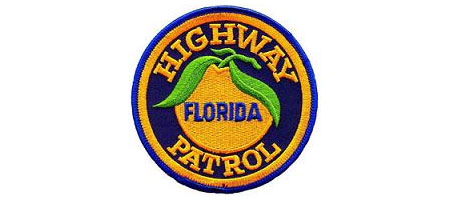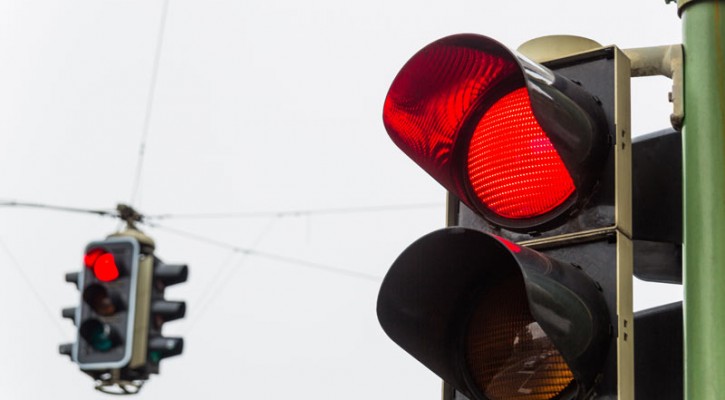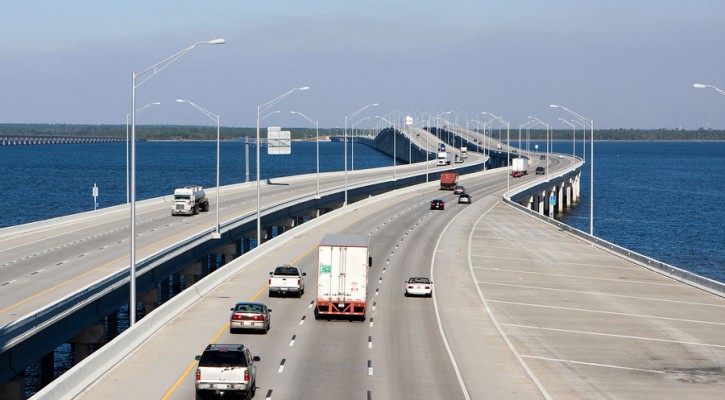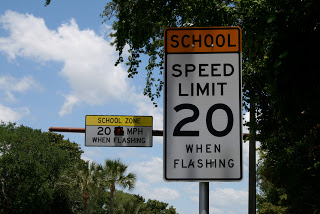Category Archive: Road Rules

Give The Florida Highway Patrol Your Opinion
April 7, 2014
Here’s your opportunity to tell the Florida Highway Patrol what you think about the importance of traffic laws and traffic law enforcement. The FHP website has a short survey called “What If You Were The Traffic Cop.” To take the survey, visit: Florida Highway Patrol Survey

Scenic Byways
March 26, 2014
Did you ever want to just get off the interstate and take in the scenery while you drive? The National Scenic Byway Program (NSBP) is a program that lists roads according to several “intrinsic values” such as scenery, archeological and historic value, culture, and recreation. The US Transportation Secretary has designated 150 roads as National Scenic Byways or All-American Roads. The NSBP home page lists all the roads with links to each state where you can read a description the road’s highlights and view maps, photos, and directions. Read more: http://www.fhwa.dot.gov/byways/

When Is That Light Ever Going To Change??
March 21, 2014
We all hate sitting at red lights. Every minute at a red light seems like five minutes. This new red light design idea by Designer Thanva Tivawong shows you exactly how long you have until the light turns green. Read more: Sands Of Traffic Times!

Florida Ranks Sixth Among Worst States For Drivers
March 17, 2014
In December of 2013, CarInsuranceComparison.com published a list of the Worst Drivers By State. Florida unfortunately, was listed as the sixth worst state for drivers in the country but to those who live and drive in the state, the news may not come as a complete surprise.
CarInsuranceComparison.com compiled this list by gathering data from various sources including; the National Highway Transportation Safety administration (NHTSA), Mothers Against Drunk Driving, (MADD), and the National Motorists Association (NMA). They scored each state according to five categories:
- Fatalities Rate per 100 Million Vehicle Miles Traveled
- Failure to Obey (Traffic Signals + Seat Belts)
- Drunk Driving
- Tickets
- Careless Driving
Each state, including the District of Columbia was given a ranking based on the data in each category. The higher the number, the worst the state scored. After each category was tallied, the state was given an overall score and ranked in comparison to other states. Florida’s score in each category was:
- Fatalities Rate per 100 Million Vehicle Miles Traveled – 33
- Failure to Obey (Traffic Signals + Seat Belts) – 38
- Drunk Driving – 18
- Tickets – 48
- Careless Driving – 51
That gave Florida an overall score of 188 placing the state in sixth place for the worst states for drivers. Florida received the first place rank in careless driving with a score of 51.
The top ten worst states for drivers along with their worst ranking are:
- Louisiana – Careless Driving # 48
- South Carolina – Careless Driving # 50
- Mississippi – Fatality Rate # 47
- Texas – Drunk Driving # 47
- Alabama – Tickets # 49
- Florida – Careless Driving # 51 (First place)
- Missouri – Failure to Obey # 48
- North Carolina – (Tied with Missouri) Careless Driving # 44
- Montana Fatality Rate and Drunk Driving # 51
- North Dakota – Drunk Driving #50
Which state was listed as the best? Vermont was ranked as the least most dangerous state for drivers with a top ranking category of 1 in careless driving.

School Zone Safety
October 4, 2012
The next time you’re driving through a school zone, put yourself in the shoes of the students getting on or off the bus and crossing the streets and you’ll know it is a highly unpredictable driving situation. You’ll see extra heavy traffic of parents picking up their kids and the students crossing the street on foot and on their bicycles. After you take in the scene of the organized chaos, you’ll understand why school zone speed limits are strictly enforced.
Here are a few school zone safety tips and all drivers to keep in mind:
Why is it so difficult for children to see motorists? Because their peripheral vision is about one-third narrower than an adult’s, children can’t see a motorist approaching from the right or left as soon as an adult can.
Children also have difficulty judging a car’s speed and distance. They often think that if they can see the driver, the driver can see them.
Drivers should observe speed limits at all times, but especially around children. You were taught during driver education class to always expect children to dart out in the roadway or be unpredictable. So, the next time you’re out expect the unexpected when driving in school zones, near playgrounds, or in neighborhoods where children might be playing and SLOW DOWN.
Always yield to pedestrians. When turning left at a green light or making a right turn on red, drivers need to look for pedestrians as well as cars. Pedestrians always have the right of way in these situations.
When a school bus stops you must stop. Never pass a school bus that is loading or unloading children. Passing a stopped school bus is a four point infraction and is very dangerous.
Around most schools the speed limit is either 15 or 20 mph. Special speed limit signs are posted around schools to alert one as they enter the zone. These signs have flashing lights to tell you when the lower speed limit is in effect. There is also a sign to indicate when you have left the school zone.
